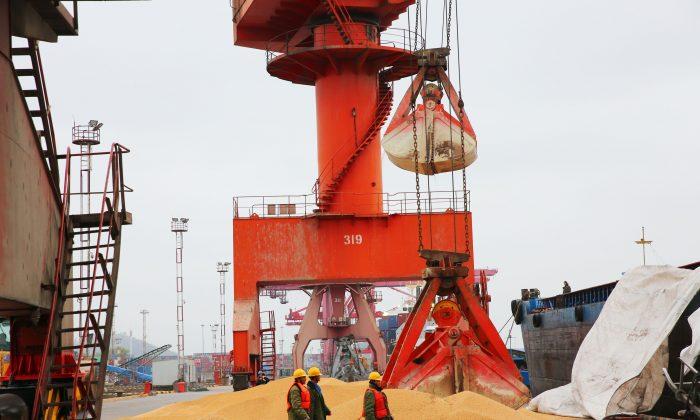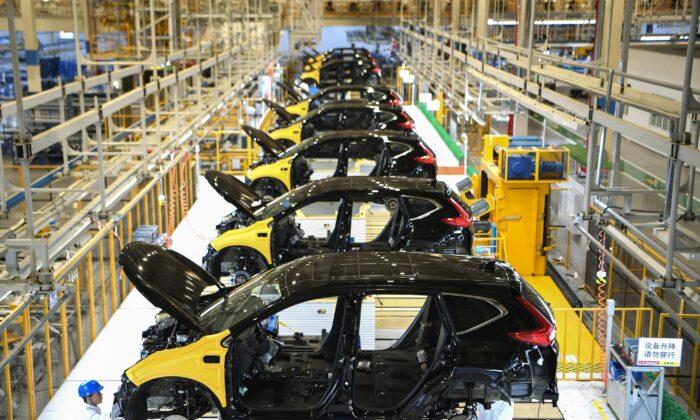News Analysis
PayPal just went live as the first U.S. payments company to enter China’s formerly closed digital marketplace in a global industry that is expected to swell to
$253 trillion by 2025.
China has rigidly prevented U.S. technology firms from doing business directly with its citizens, unless the American firms give up majority control and transfer intellectual property to Chinese partners. But PayPal Holdings, Inc.
announced on Dec. 19 that it completed the majority acquisition of 70 percent of Guofubao Information Technology Co., popularly known in China as “GoPay.”
The U.S.-China trade war has sought to directly open up the Chinese market to American firms without tech transfers. The final terms of the pioneering PayPal majority acquisition of GoPay, which provides online and mobile payments for e-commerce and aviation travel industries within China, were not disclosed. But it was disclosed that the remaining 30 percent of GoPay will be held by a Chinese-based company under the control of China’s Ministry of Commerce.
The PayPal press release
stated: “We are honored to become the first foreign payment platform to be licensed to provide online payment services in China. We look forward to partnering with China’s financial institutions and technology platforms, providing a more comprehensive set of payment solutions to businesses and consumers, both in China and globally.”
With about 817 million internet connected individuals, 98.6 percent via mobile phones, the Chinese have dominated the global mobile payments marketplace with a
penetration rate of about 47 percent of its 1.387 billion population in 2017. Norway was second with a 42 percent penetration rate, followed by the United Kingdom with a 24 percent rate. The United States is in a distant fourth place with a 17 percent penetration rate.
Chinese giants WeChat Pay and Alipay are the mobile payments industry
leaders with 600 million and 400 million users respectively. American challenger PayPal held the third spot with 210 million users, followed by Apple Pay with 87 million users.
The pervasiveness of mobile internet users in China drove 60.5 billion mobile payment transactions in 2018. The total value of annual mobile payments rose by 58.6 percent to
$65.9 trillion (467.8 trillion yuan) in 2018. Led by China, the global mobile payment market is forecast to triple to as much as $253 trillion (1,800 trillion yuan) in 2025.
Online shopping is so perfected in China that about 40 percent of Chinese digital payment users now carry less than
$15 (100 yuan) in cash, according to a Tencent study. In addition to wide domestic usage, 65 percent of Chinese tourists have made mobile payments abroad, almost six times more than the average non-Chinese traveler.
The global mobile payments market has been driven by the China Communist Party’s state-sponsored “
internet plus” policy to internationally dominate new technology markets and maximize the domestic control of its own citizens.
The People’s Bank of China (PBOC) began tightening oversight of domestic payment operations in 2019 by limiting static barcode scanning in favor of
2D dynamic barcode display equipment to integrate with 5G-enabled near field communications payments.
The PBOC is also supporting the near term deployment of AI-enabled “pay by face” technology as an option for young people in the first-and second-tier cities. After extended trials, the PBOC will set standards for pay by face deployment across all first through fourth-tier cities in China.
Chriss Street is an expert in macroeconomics, technology, and national security. He has served as CEO of several companies and is an active writer with more than 1,500 publications. He also regularly provides strategy lectures to graduate students at top Southern California universities.





